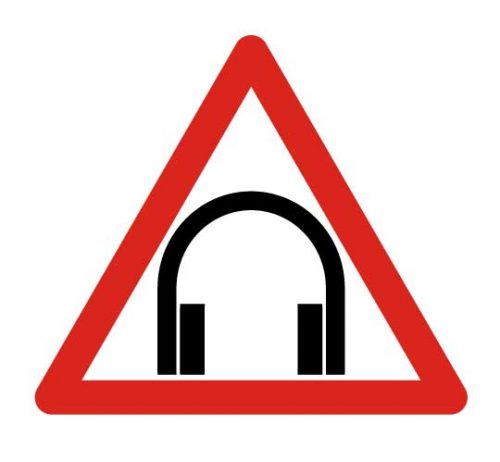Safety advice for operating Kahlenberg horns
An overview of sensible precautions when operating horns
Correct installation and operation of all sound signals is essential, particularly those, like Kahlenberg, that produce as a minimum the required sound pressure levels to meet regulations and application requirements.

All Kahlenberg sound signals are built to comply with The 1972 International Regulations for Preventing Collisions at Sea (’72 COLREGS), ANNEX III. This means they are capable of producing very high sound pressure levels.
Typical measurements are 133 dB (A) for the D-0A and 138 dB (A) for the D1, all measured at 1m distance from the trumpet. They rise significantly again for larger horns in the range. These sound pressure levels will be considerably higher if sampled at closer range.
Kahlenberg UK recommends that horns are installed and operated as per the recommendations in the Colregs. These include the advice that “A whistle shall be placed as high as practicable on a vessel, in order to reduce interception of the emitted sound by obstructions and also to minimize hearing damage risk to personnel.” For your convenience you can download a summary guide note on this subject from our site:
Guide to IMO sound signal requirements
Beyond that we urge commonsense and, where appropriate, correct briefing of operators and anyone likely to be in the proximity of horns during operation. This briefing should include:
- an instruction that all crew should not be in the immediate proximity of the horn during operation, and in any event not in close proximity to the trumpet mouth;
- an instruction to the operator that, whenever practicable, crew are warned prior to operation to prevent surprise and any consequential issue;
- an instruction to all aboard that sound signals are not toys and should not be used for scaring people, or for acts of bravado (eg ears placed against the trumpet).
UK commercial bodies should familiarise themselves with the HSE document ‘Controlling noise at work’, which can be downloaded here:
http://www.hse.gov.uk/pubns/priced/l108.pdf
Companies in other countries should familiarise themselves with any relevant national legislation.
